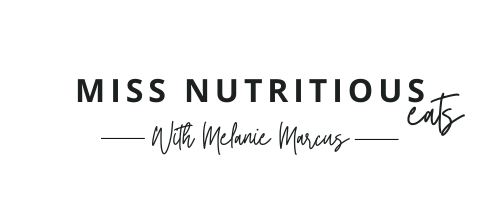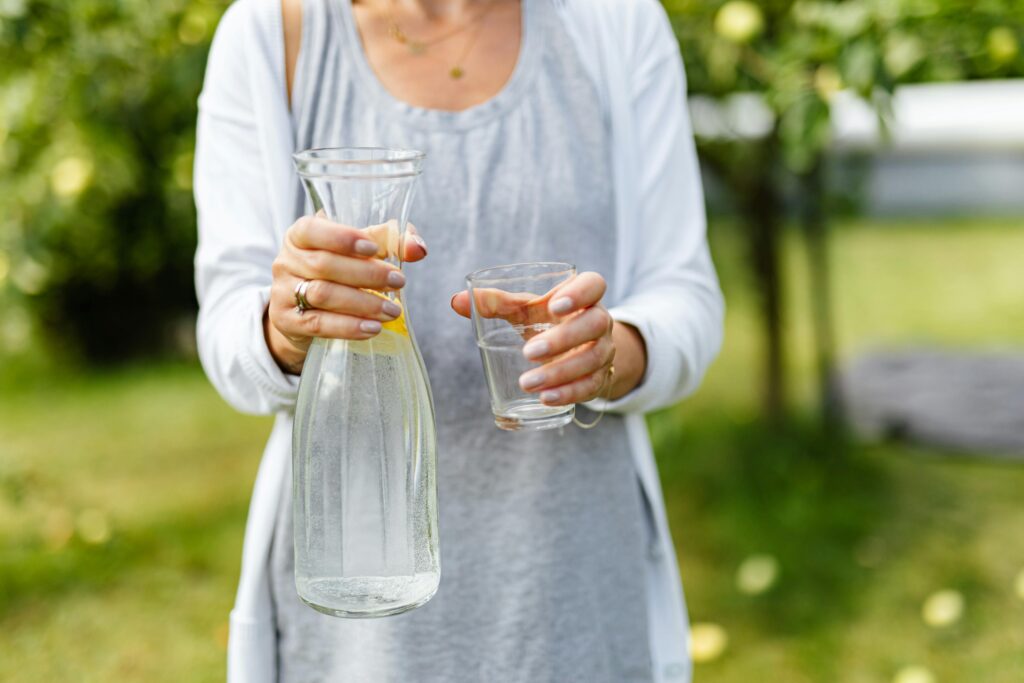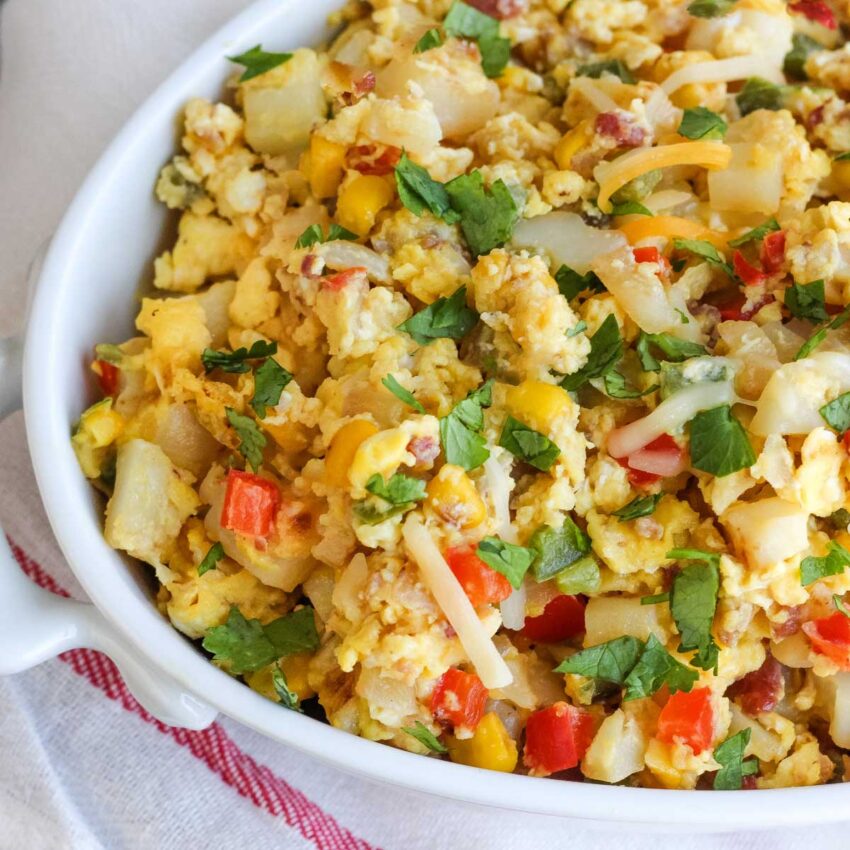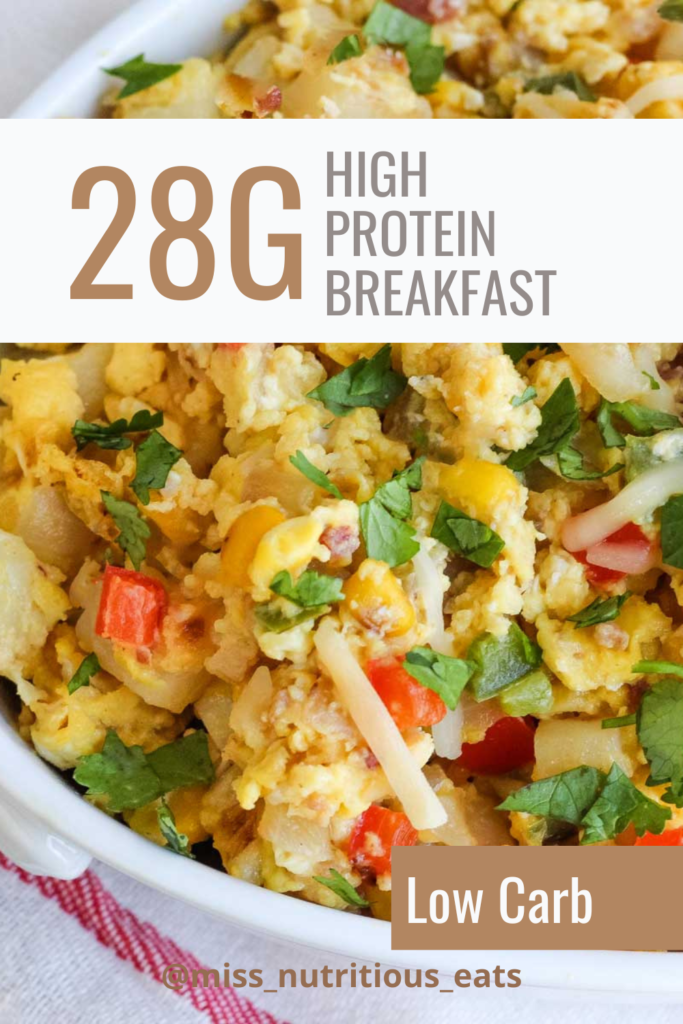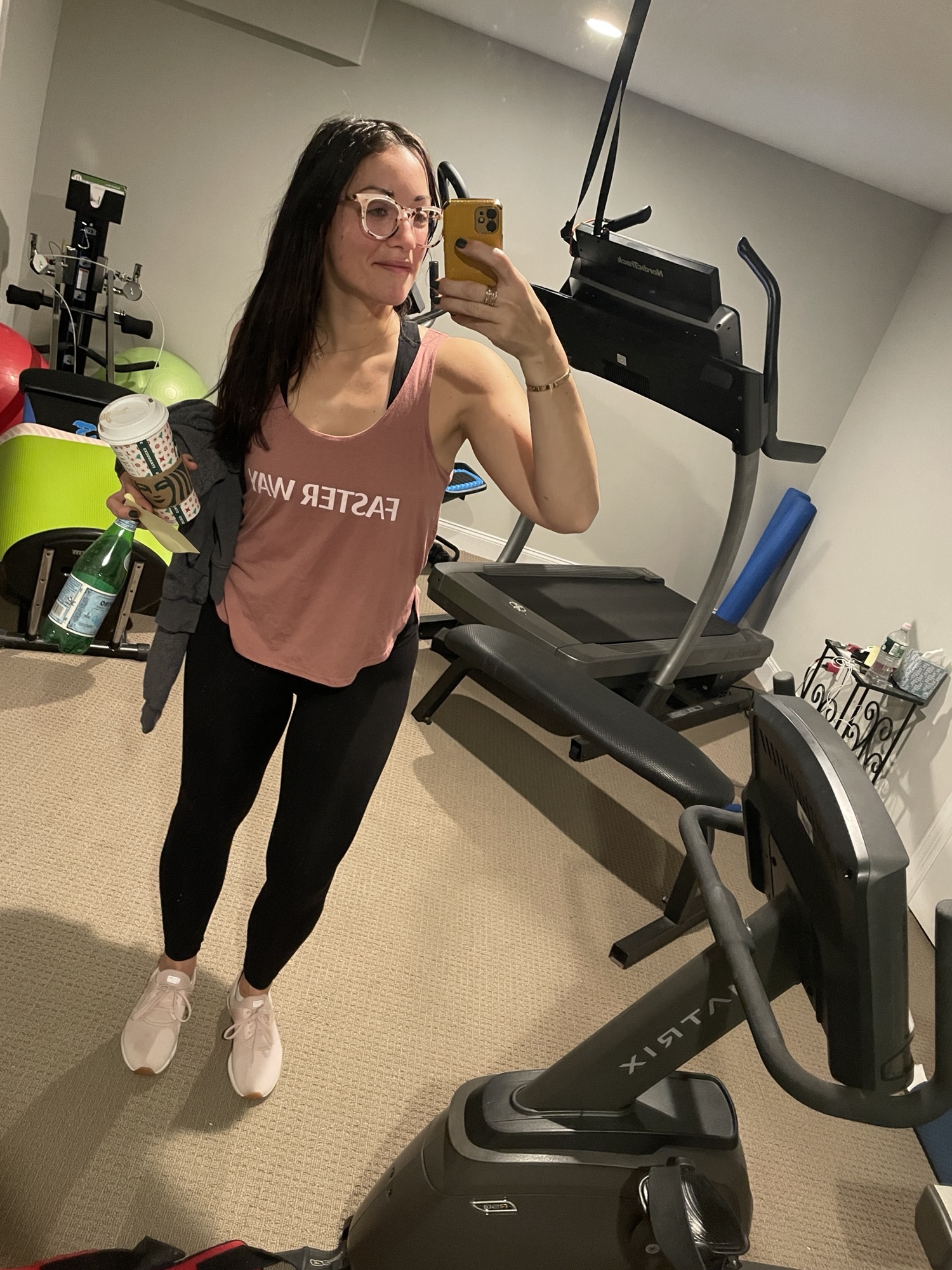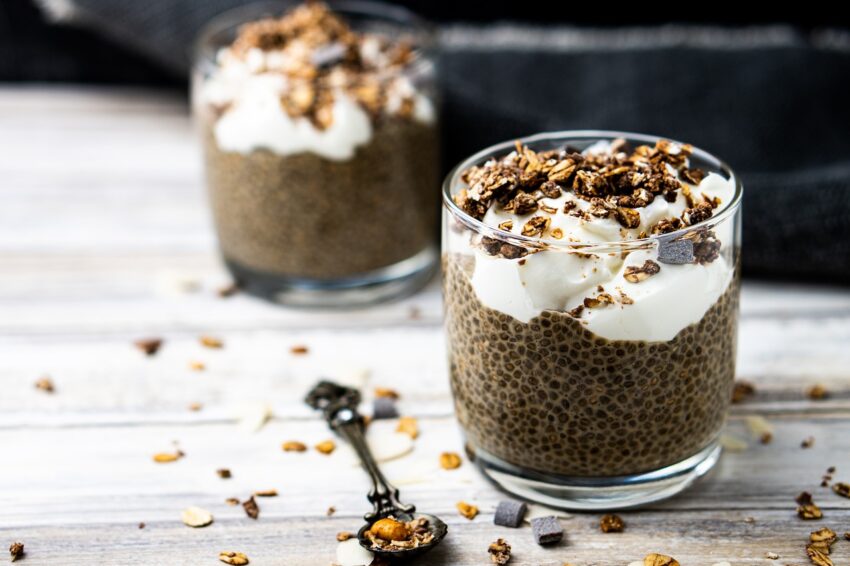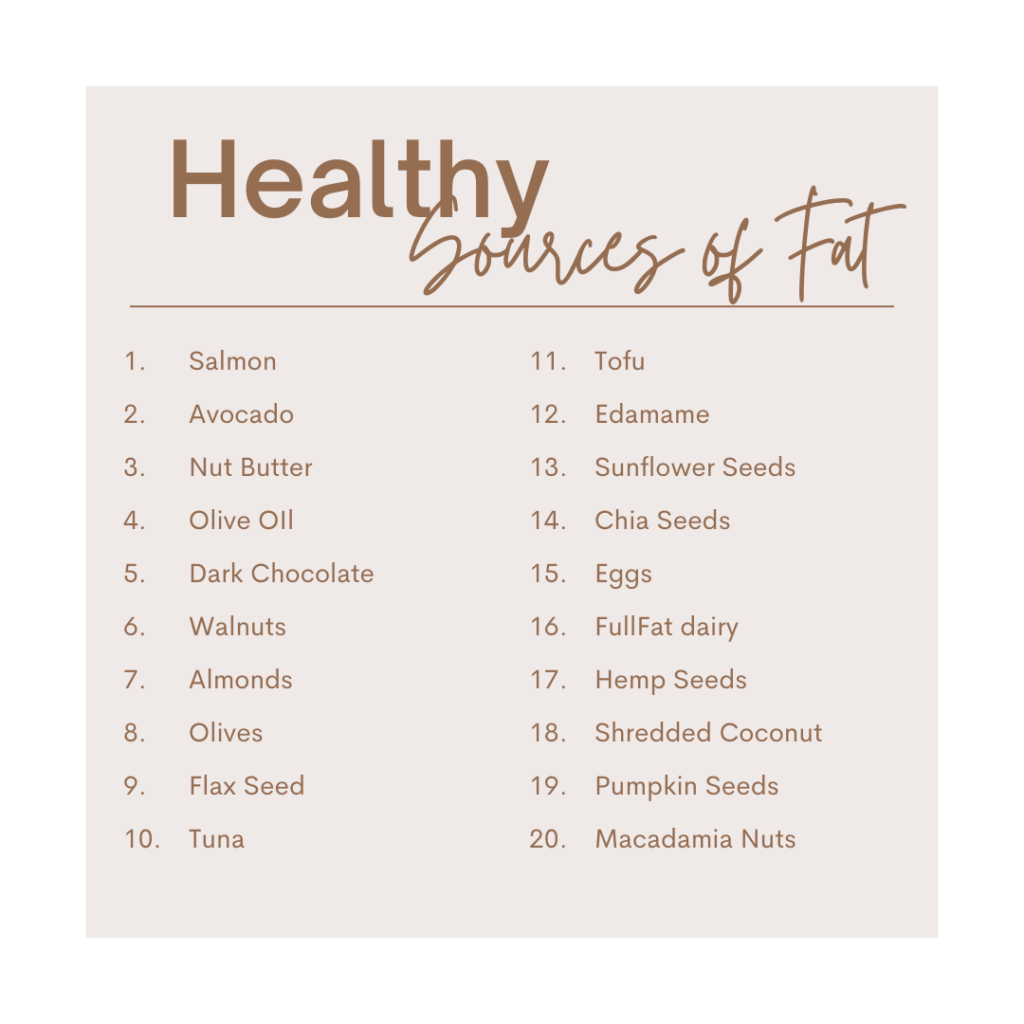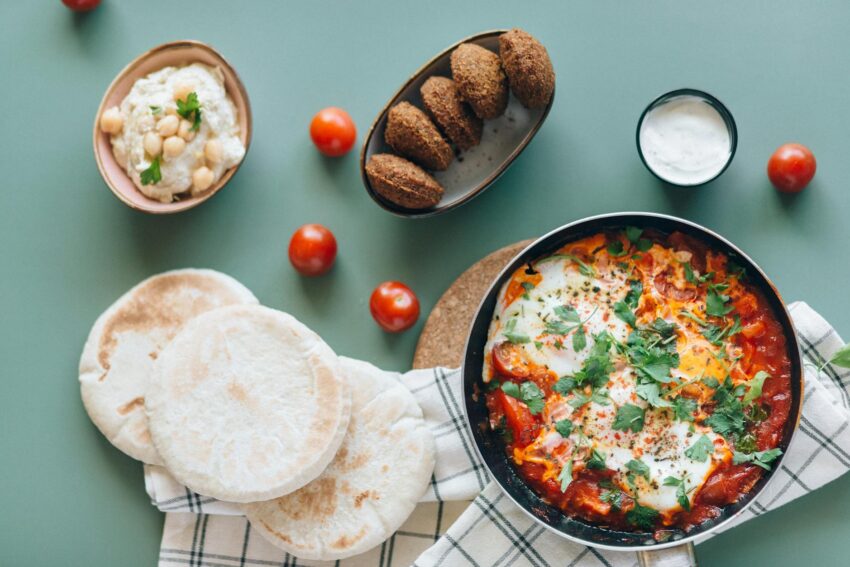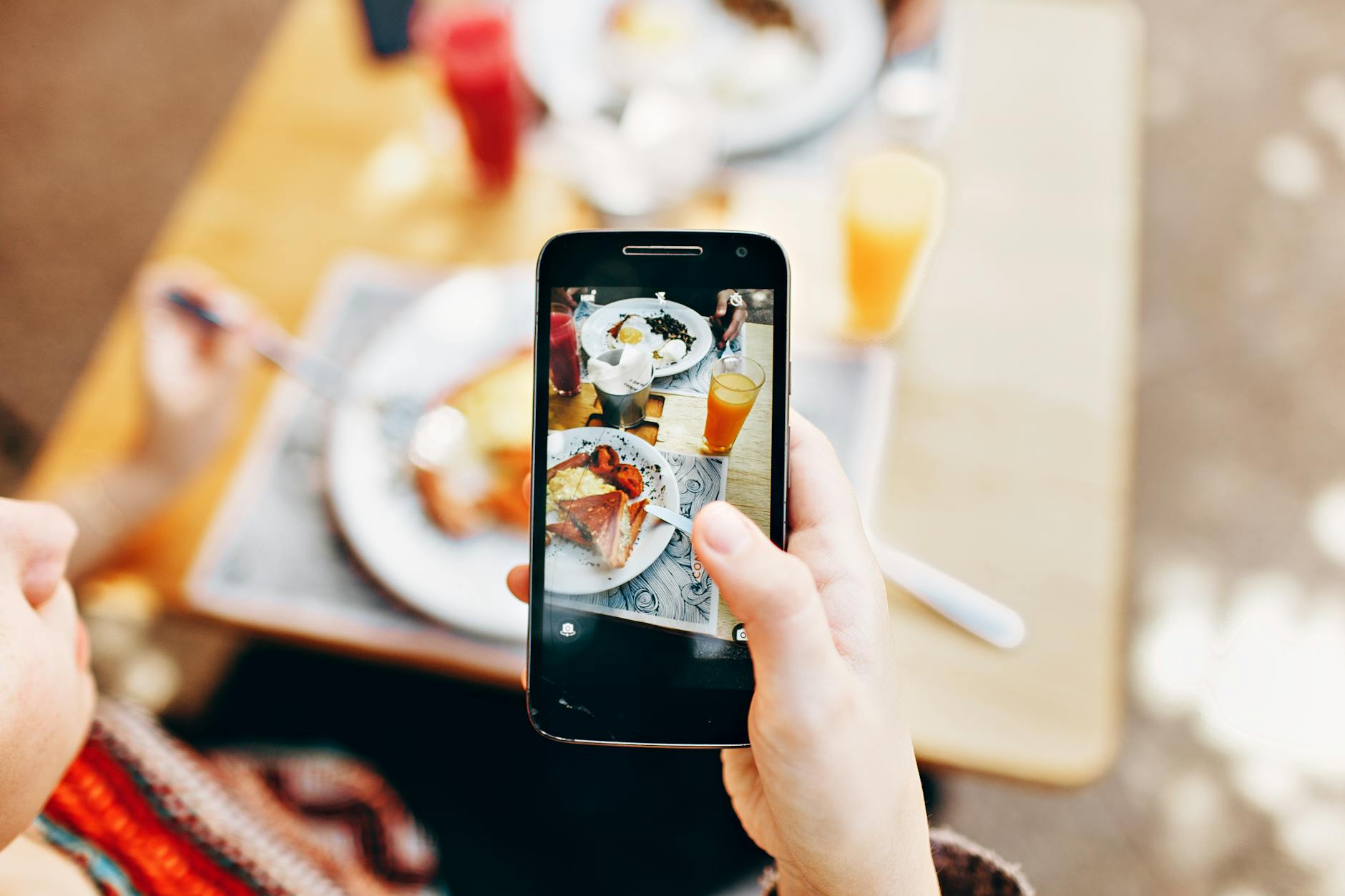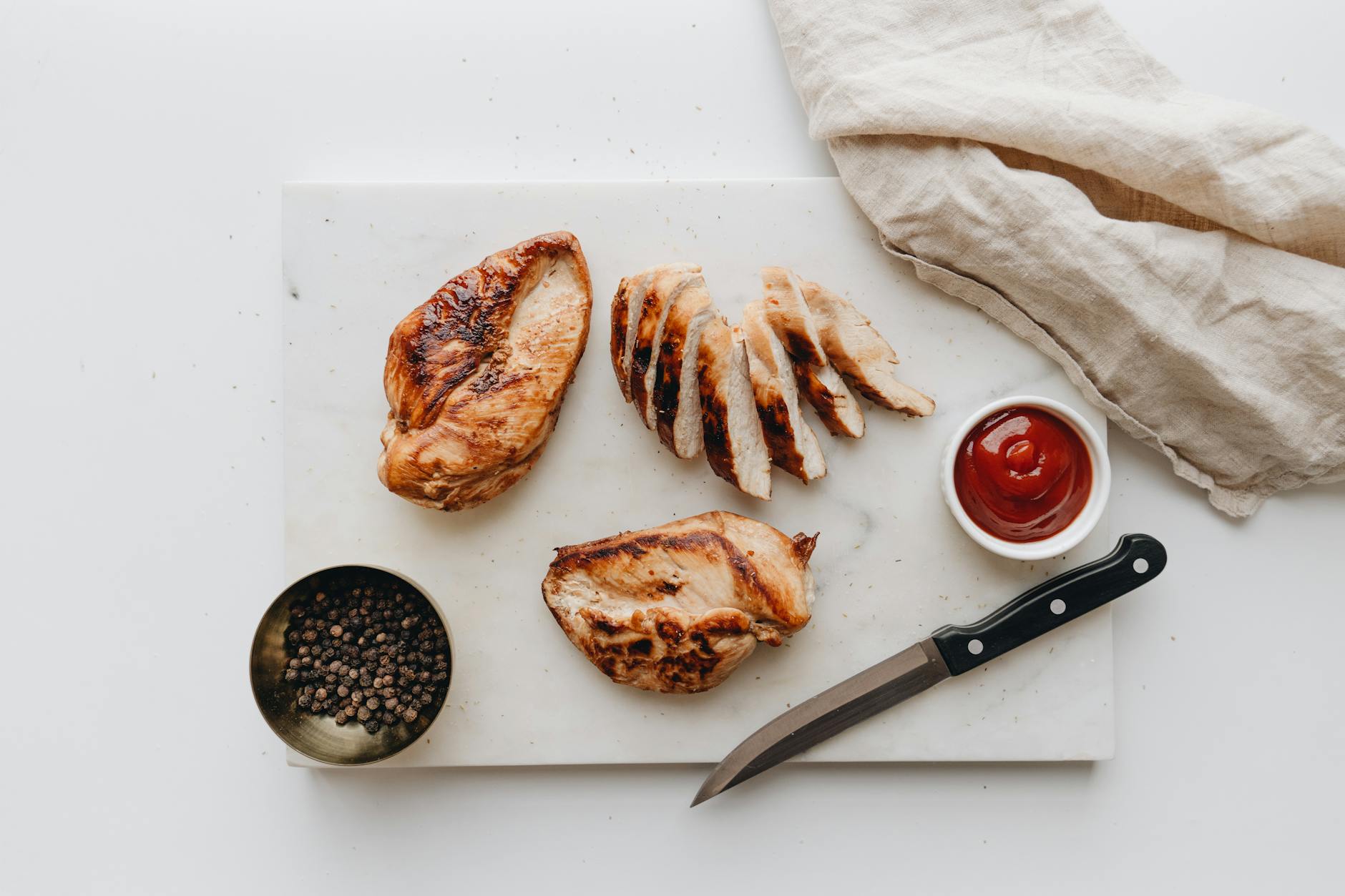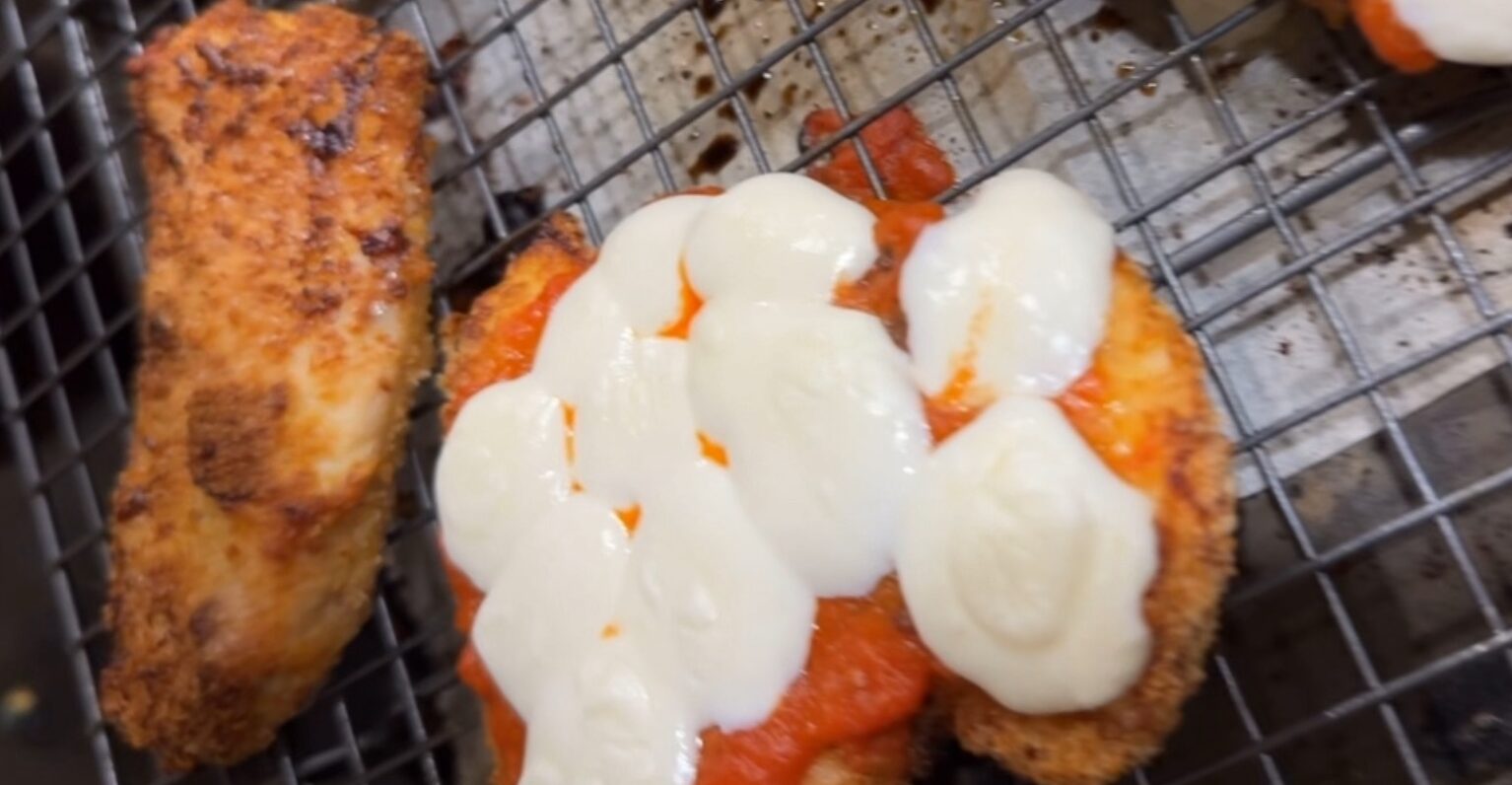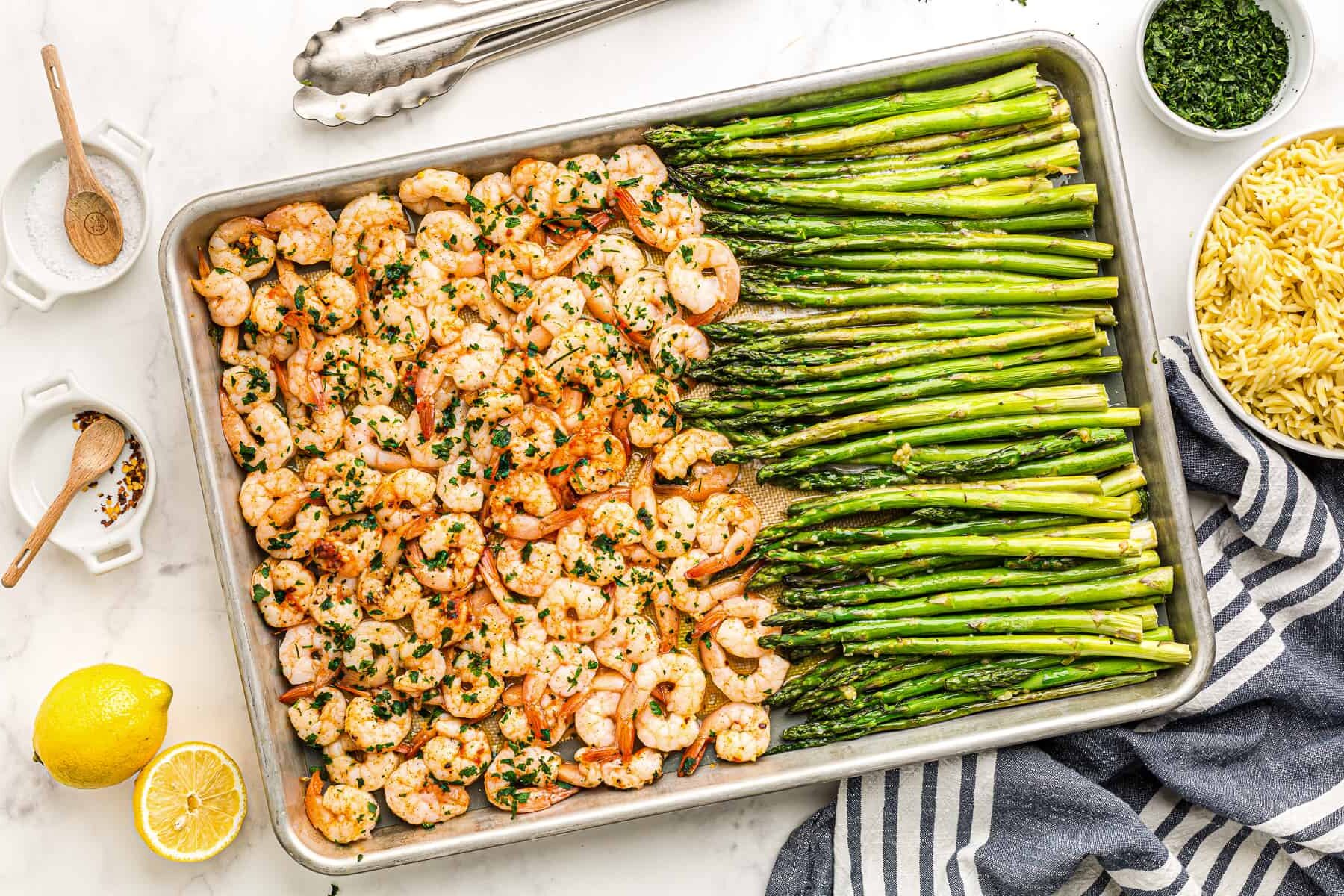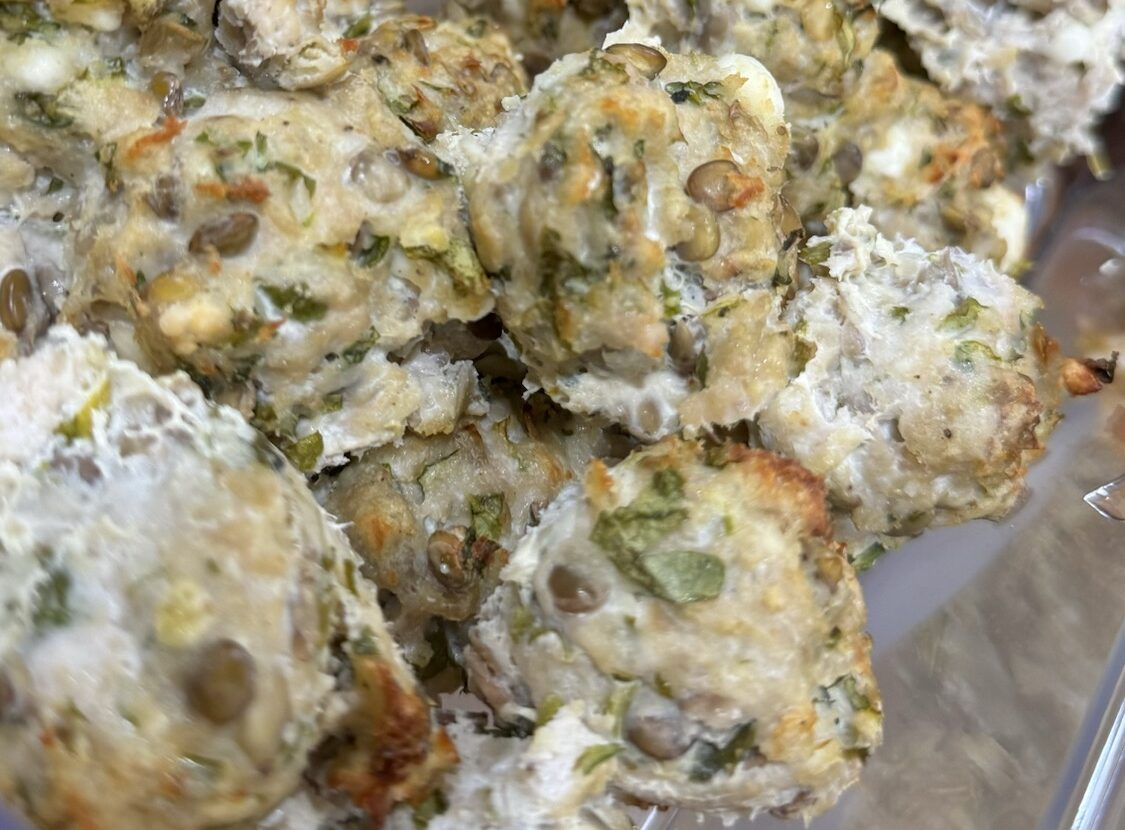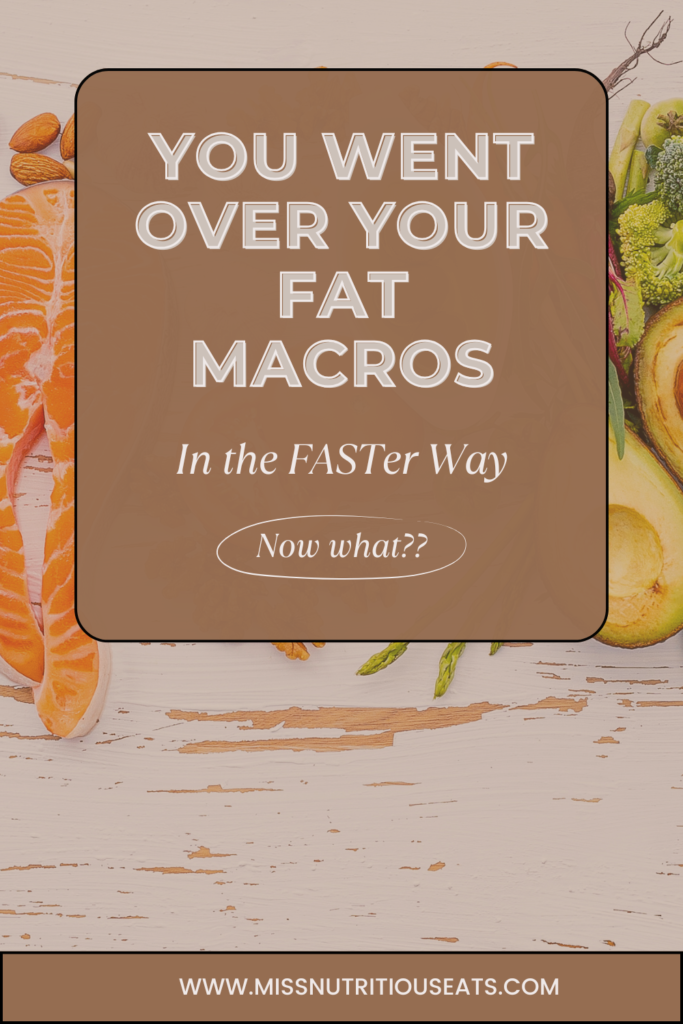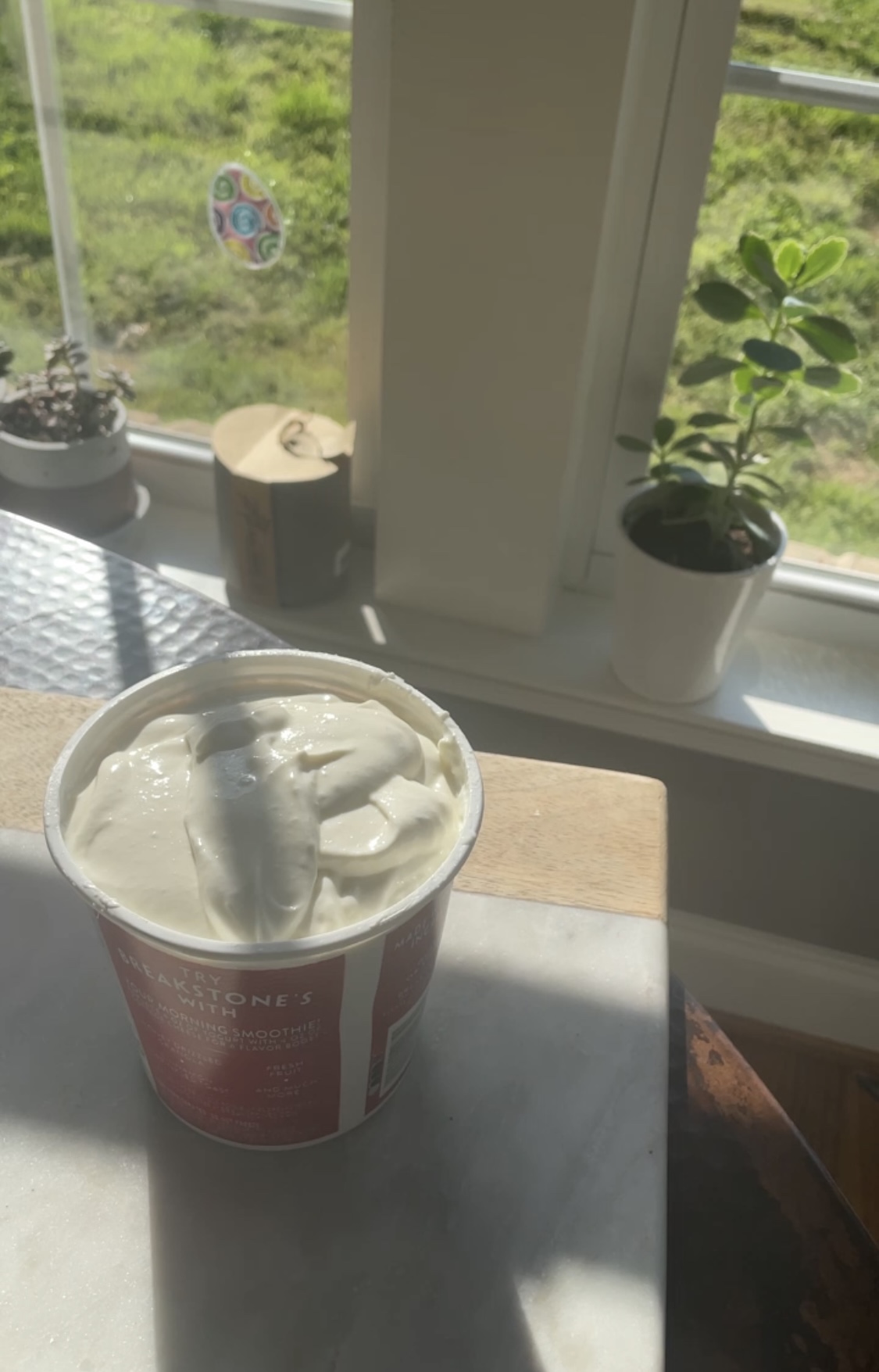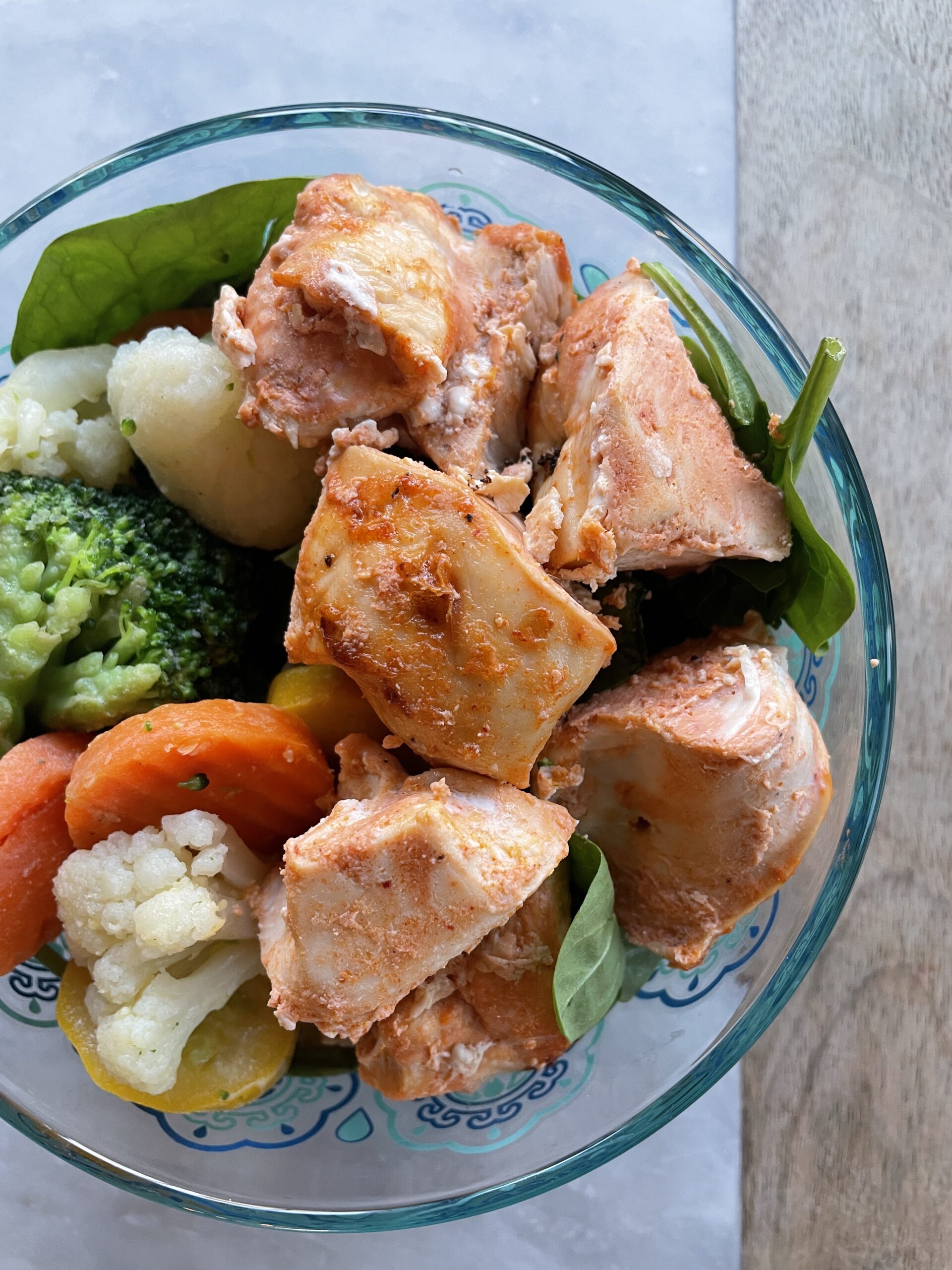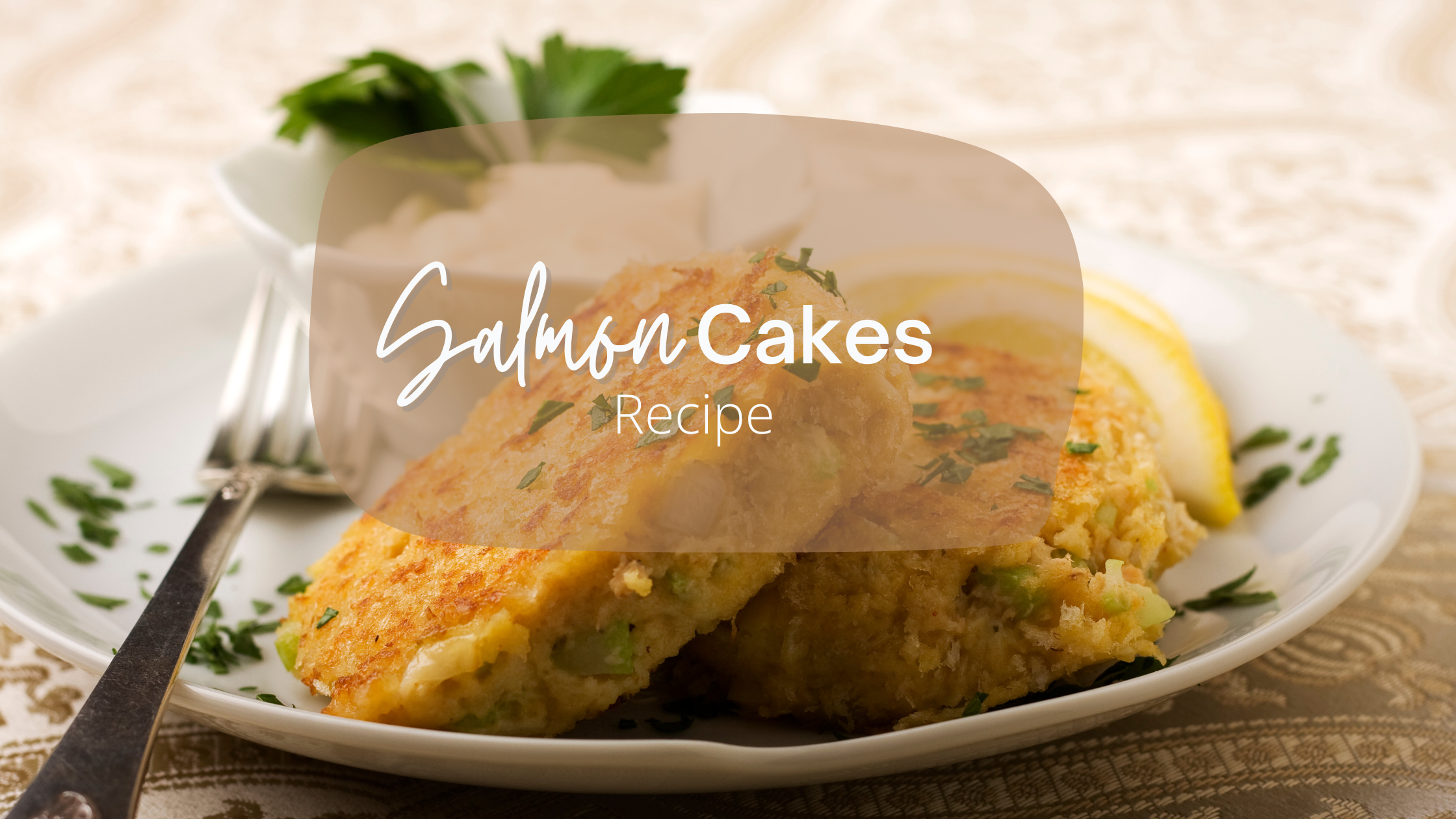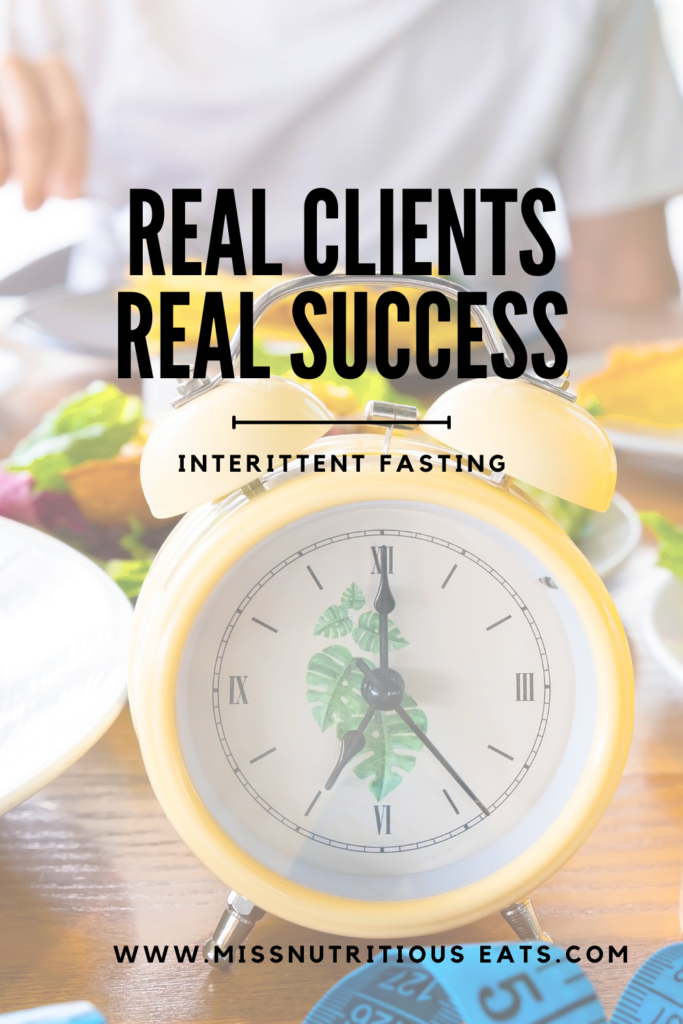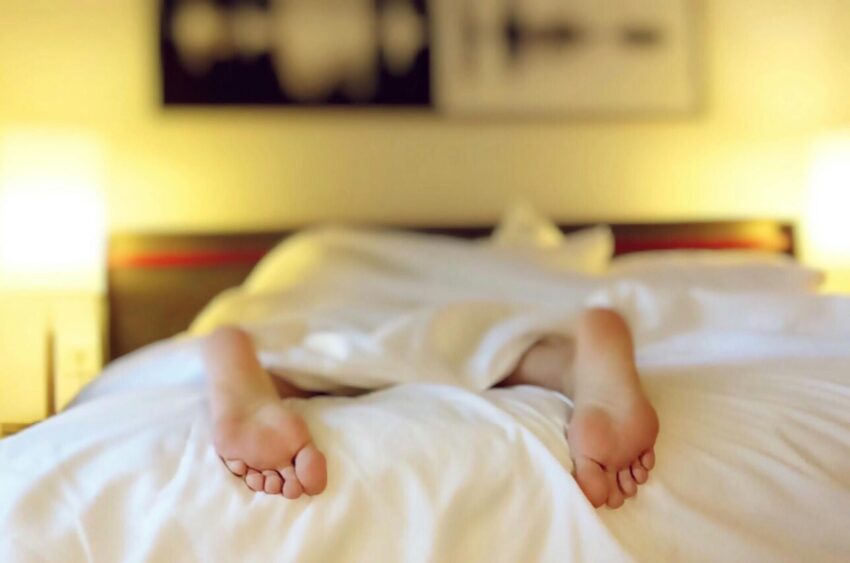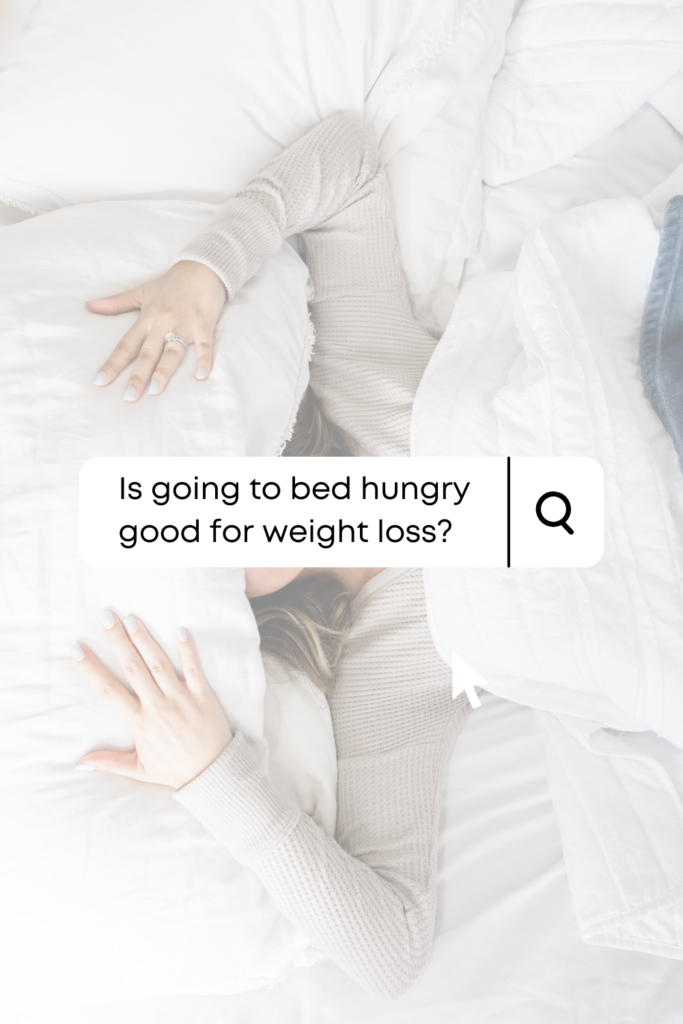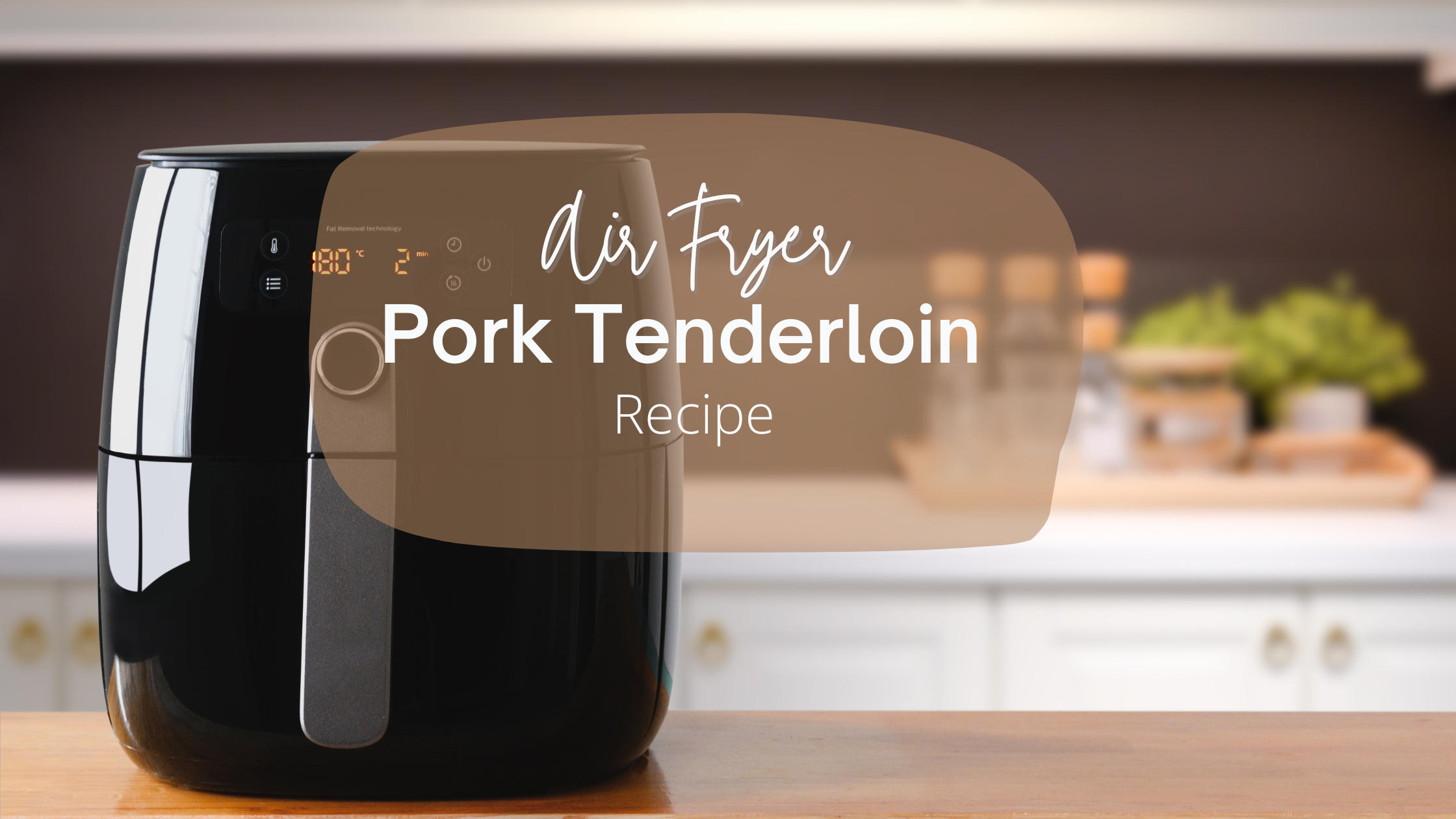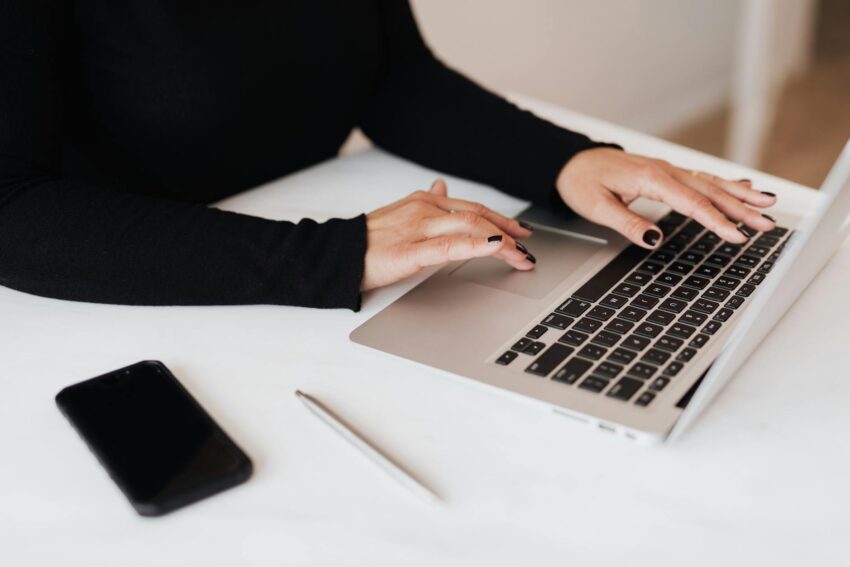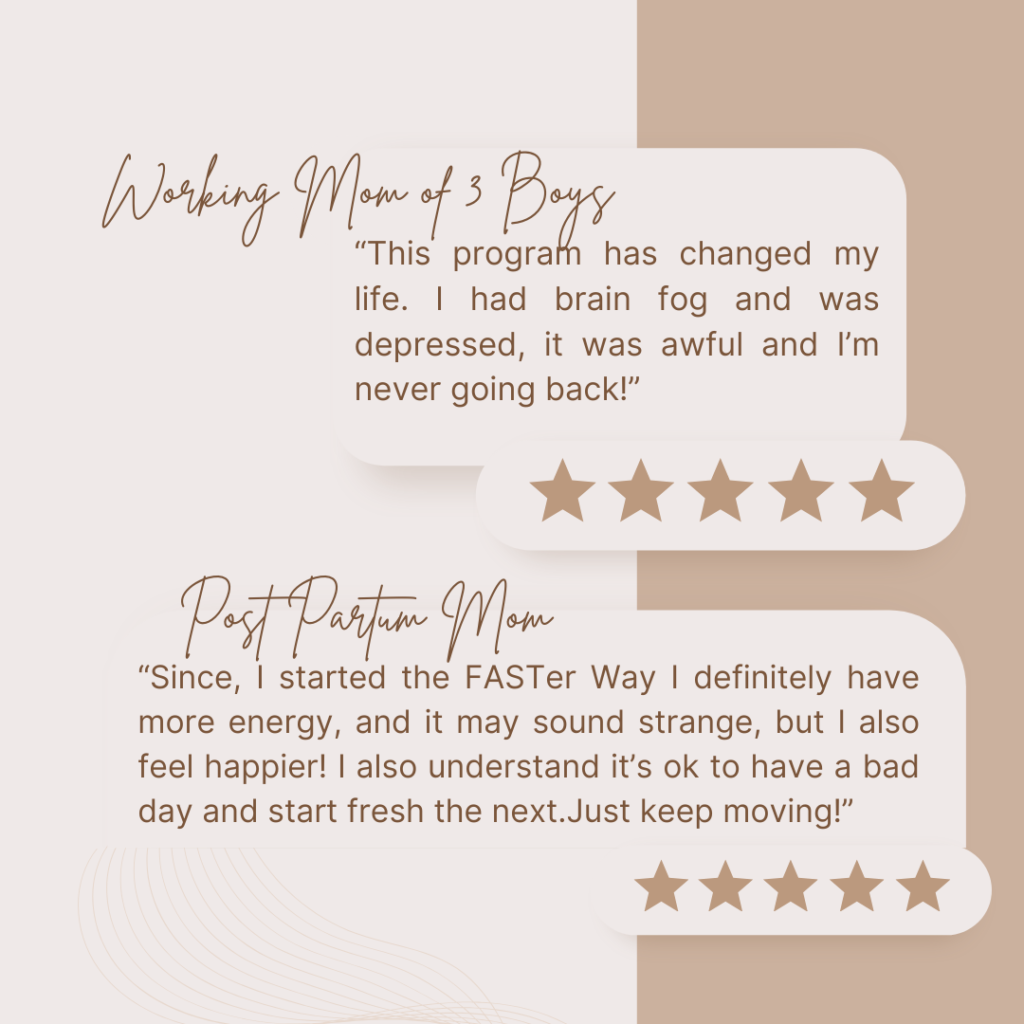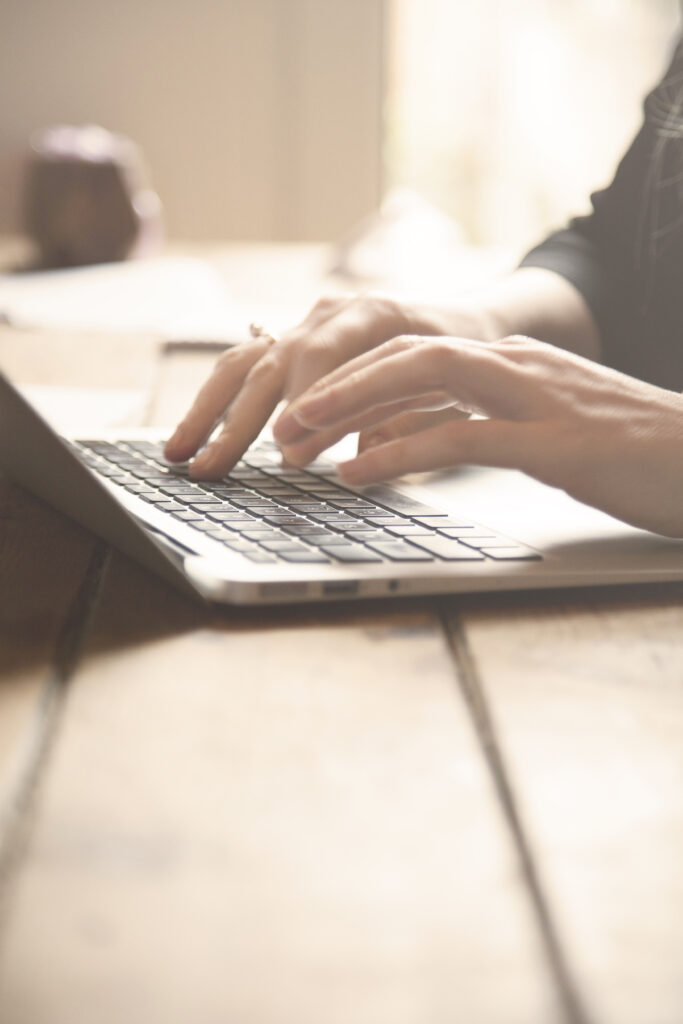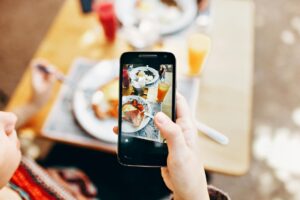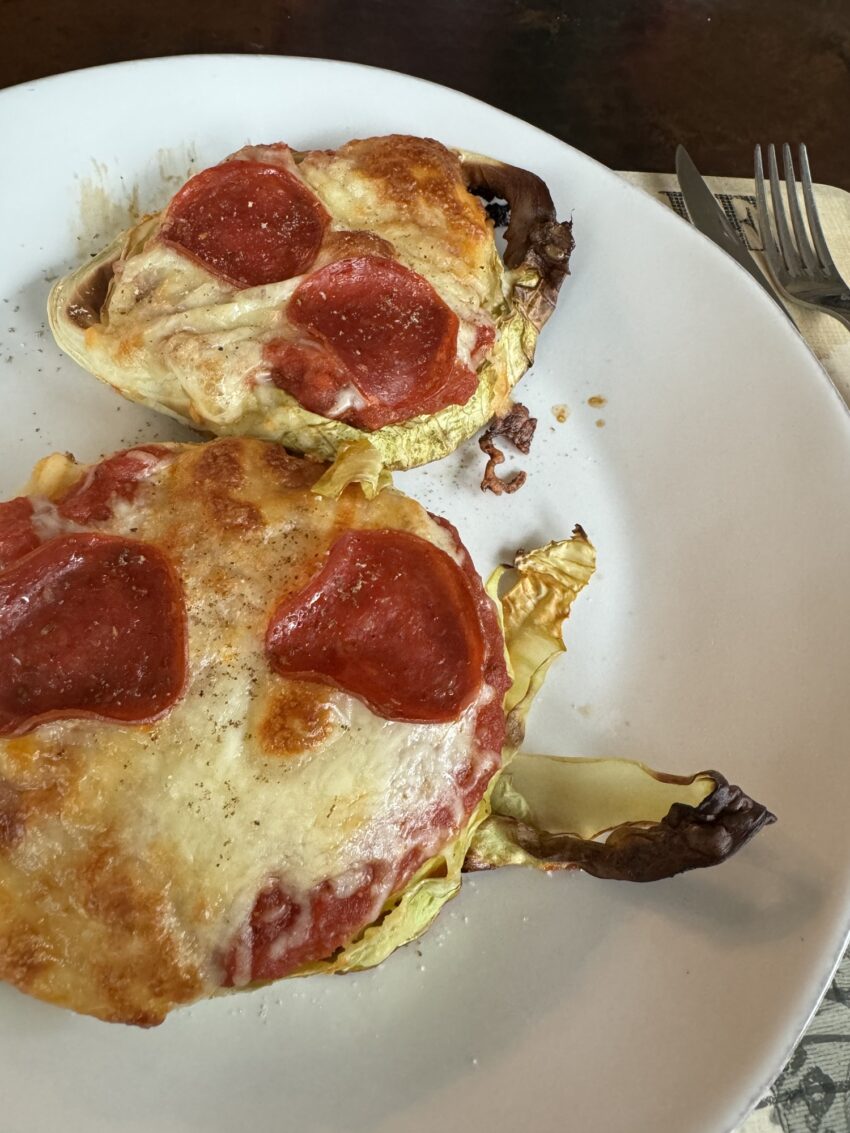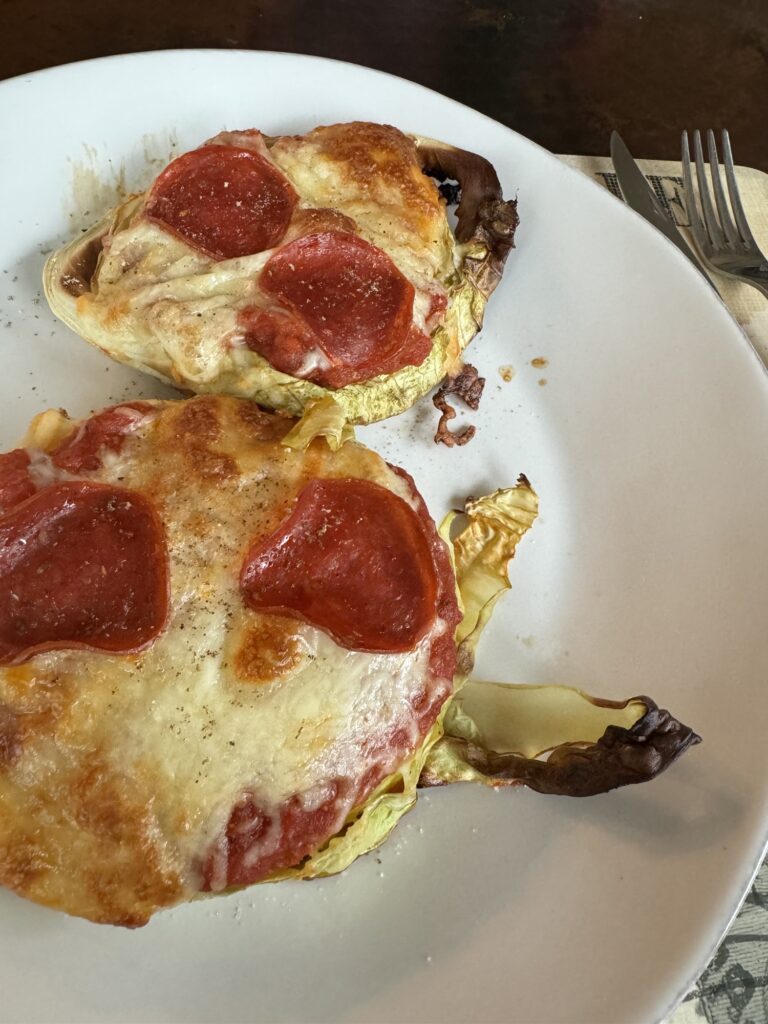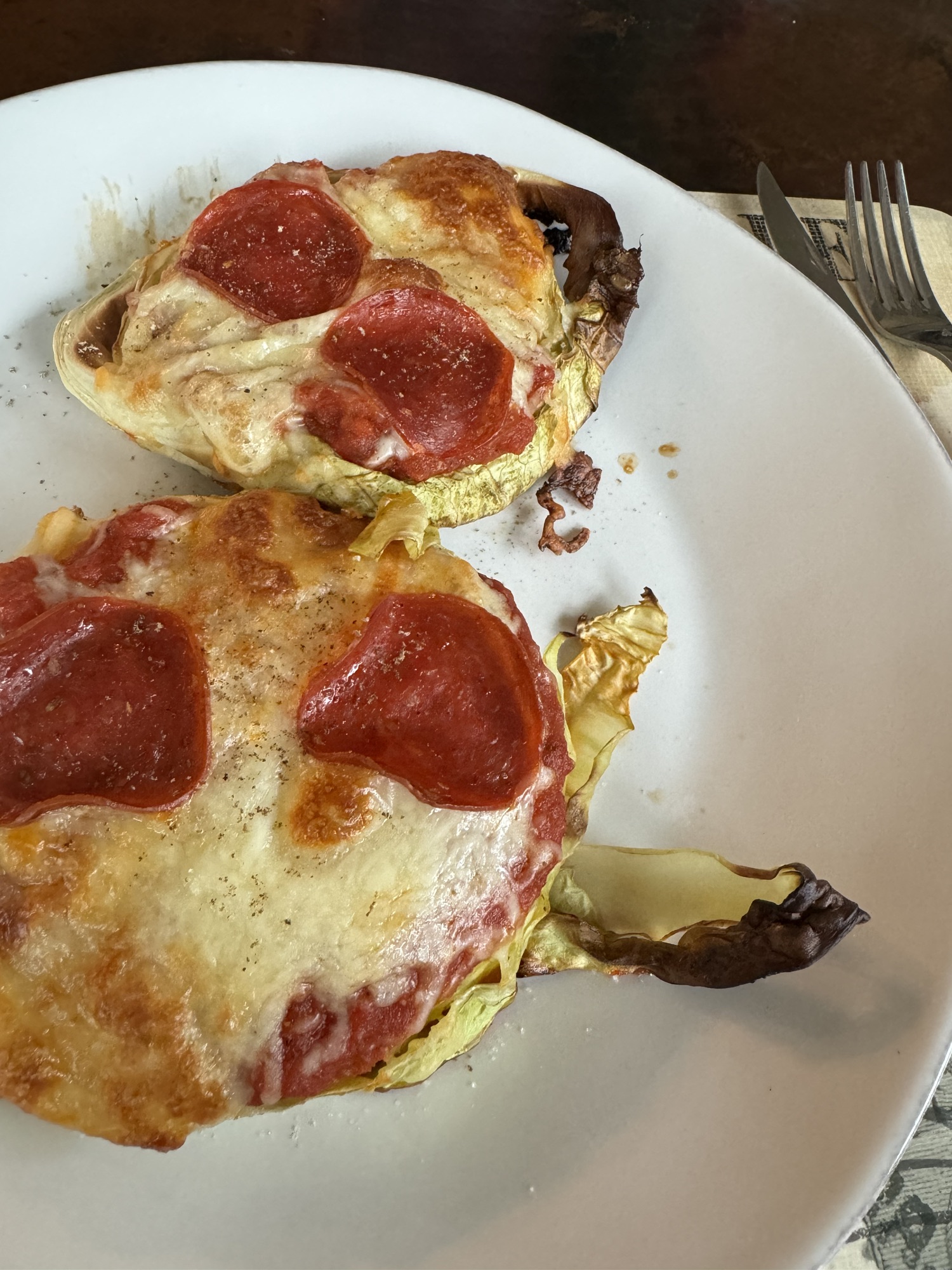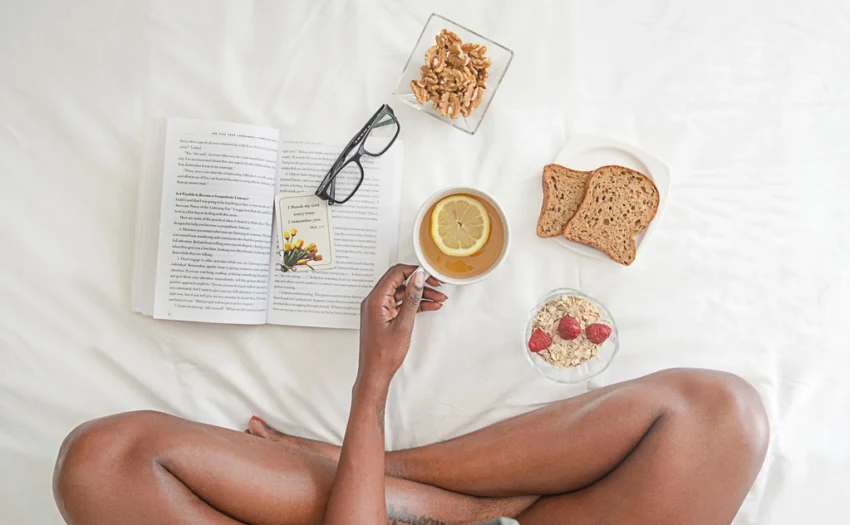John + Adrienne MacLean – Our FASTer Way Story
As a dietitian and FASTer Way coach, I’ve had the privilege of guiding so many clients through their fat loss journeys, but John and Adrienne’s story is one that truly stands out. Seeing a former professional athlete and his wife not only embrace the FWTFL lifestyle but completely transform their energy levels, strength, and overall health has been incredible. Their journey is proof that with the right foods, strategic workouts, and a supportive community, anyone can achieve amazing results—no matter their prior experience or stage in life. I’m so excited to share their story with you!
Table of contents
Life After Professional Sports: John’s Journey
As a former professional athlete, John spent most of his life training and staying in elite condition while playing hockey. After retiring from the NHL in 2002, he transitioned into coaching and broadcasting. With this career shift, the routine of working out became a distant memory, and over the years, weight gain slowly crept in.
Feeling out of shape and low on energy, John consulted a functional medicine doctor, who introduced him to the FASTer Way program. Through our friendship with Melanie Marcus, we had heard of FASTer Way before but never knew the details. After reviewing his blood test results, John was cleared to start the program—and that’s when our journey began.
On The GO

I love cooking, but it seems like with 2 school aged children, we are always on the go. Here are some of my go-tos.
Jumpstart Fat Loss
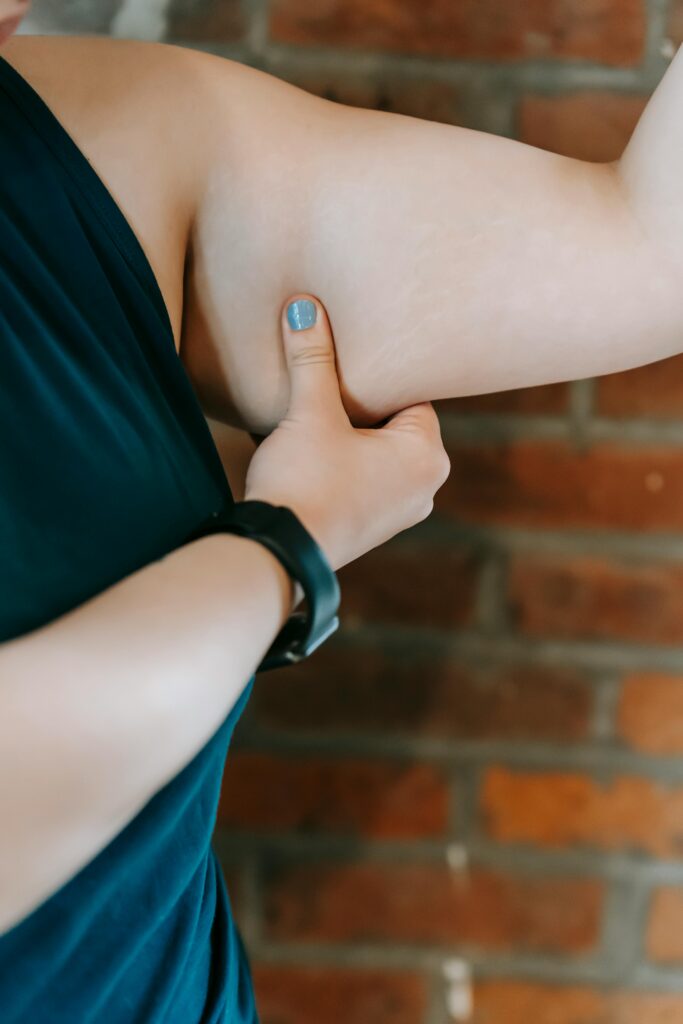
If your new year’s resolution isn’t delivering results, this fat loss guide is for you. Start feeling the difference right away 🙂
Building Our Home Gym and Routine
On February 1st, 2024, we committed to FASTer Way and invested in our health. We bought weights, a bench, kettlebells, mats, and even dusted off our Peloton—transforming our garage into our personal gym. One of the best parts of FASTer Way is that you don’t need an expensive gym membership or extra travel time. No waiting for machines, no awkward gym encounters—just a convenient, time-efficient way to train.
Over the years, we had tried multiple fitness programs, gyms, and trainers, but nothing ever stuck. With FASTer Way, John saw immediate results through a simple, structured approach. The app helped him track his food intake, stay accountable, and keep workouts to just 30 minutes, plus 20 minutes of cardio.
Each night, we review the next day’s workout and macro goals, ensuring we are fully prepared. One year later, John is down 45 pounds, back to his playing weight and waist size, and has regained his strength and stamina. He even had to buy an entirely new wardrobe—a welcome expense for a great reason! The transformation has been incredible.
Staying on Track with a Demanding Schedule
John’s schedule is non-stop—with early mornings, long game days, and late nights due to 7:30 PM hockey games. However, he starts his day strong with a FASTer Way workout, a Peloton ride, and a protein-packed coffee with creatine before heading to the rink.
The app has helped him become more mindful of his food choices, especially while traveling. He now prioritizes whole-food, grass-fed protein and even invested in a new water bottle to stay on top of hydration.
The results have been so noticeable that friends, family, and colleagues constantly ask, “What are you doing?” The answer? “The FASTer Way!” Even John’s former coaching colleagues are curious about his success and how healthy he looks.

Adrienne’s Transformation: Strength, Energy & Pain Relief
About a month into John’s journey, he told me, “If I’m doing this, you’re doing it with me!” So, I joined the FASTer Way community—and I’m so glad I did!
At first, I was skeptical, but it didn’t take long for me to see real results. This program leveled up my fitness, and now I look forward to Monday HIIT and Tuesday Tabata! I have always been active, but this is the easiest program to stay consistent with, progress properly, and maintain. I feel stronger now than I did in my 30s, and I’m turning 60 this year.
As a former professional golfer, the strength and endurance I’ve gained have directly impacted my game—I hit the ball farther, and I don’t fatigue as quickly under tournament conditions. A major bonus? No more back pain, something I’ve dealt with for most of my life.
The best part of this entire journey has been committing to this lifestyle together.
Reconnecting with Our Coach, Melanie Marcus
An extra-special bonus of this experience has been reconnecting with our dear friend, Melanie Marcus.
Melanie has been an incredible coach, uniquely understanding the challenges John faced transitioning from an NHL lifestyle to everyday life. She guided him through the FASTer Way app, provided nutrition tips for traveling, and helped him stay accountable—without making it feel overwhelming.
With a former professional athlete, coaching requires a delicate balance—pushing for progress while respecting past training experiences. Melanie did exactly that.
Why We Recommend FASTer Way
We wholeheartedly recommend FASTer Way to anyone looking to lose weight, gain strength, and build sustainable habits. This isn’t just another diet—it’s a lifestyle change that truly works.
If you’re considering it, give it a try—you won’t be disappointed! 🚀
What is the FASTer Way all About?
The FASTer Way to Fat Loss (FWTFL) is a sustainable lifestyle program that combines intermittent fasting, carb cycling, whole food nutrition, and strength training to help you achieve amazing results. Founded by Amanda Tress, this 6-week program is designed to be a long-term solution for fat loss, energy levels, and overall health.
Key Components of the FWTFL Program
Intermittent Fasting & Eating Schedule – Learn when and how to eat to fuel your body efficiently.
Carb Cycling – Incorporates low-carb days, regular macro days, and low macro days to optimize fat loss.
Whole Foods & Nutrition Program – Focuses on real foods, healthy fats, and the right foods for long-term success.
Strength Training & HIIT Workouts – Includes upper and lower body, gym workouts, including mobility workouts for rest days. Each are about 30 minute workouts to help build muscle.
FWTFL App & Coaching – Get access to the Faster Way app, and certified coach for guidance every step of the way. When you sign up using this link, you ensure that I am your coach + dietitian for the whole program.
Supportive Community – Engage with a small group on Social Glow throughout the VIP program to stay motivated.
Why FASTer Way Works
For first-time clients, the prep week sets the foundation for success. Throughout the first round, you’ll learn how to balance food groups, fitness goals, and meal guides while following a structured workout plan. Many clients, including those with prior experience in other programs, see great results in the first week—with progress photos showing a different person in just a few weeks.
The main reason this program is a game changer is that it’s not just a short-term weight loss program—it’s a lifestyle change. Clients who previously struggled with yo-yo dieting finally find a sustainable way to build muscle, burn fat, and improve energy levels in the long run.
Is It the Right Time for You?
If you’re looking for a fitness program that offers immediate access, clear weekly meal plans, and a personal trainer feel, this is the best decision you can make. This honest review proves that hard work and the right reasons lead to better shape and lasting success.
Join today and take control of your healthy lifestyle with FASTer Way! 💪🔥

